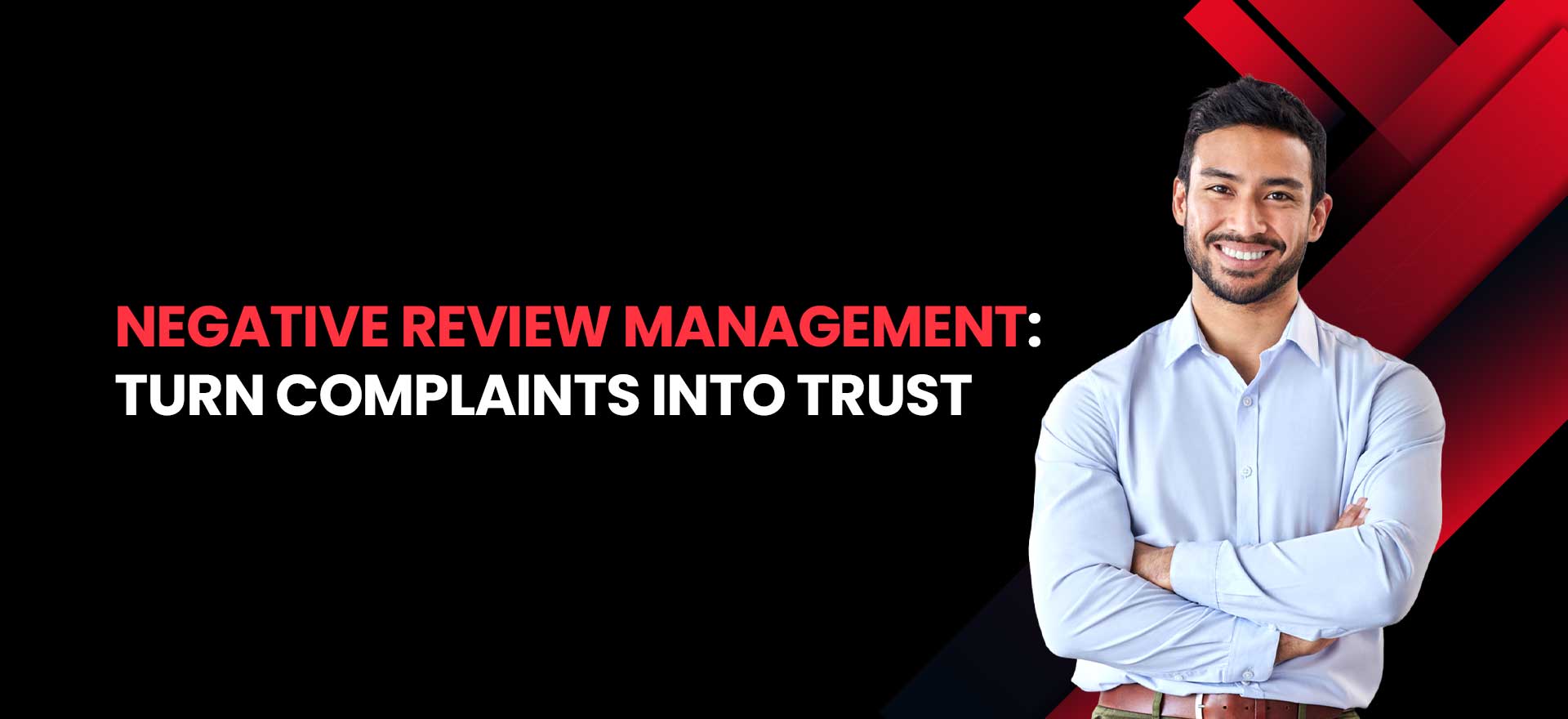In the current digital era, YouTube has transformed from a site providing entertainment into an all-embracing information, education, and entertainment asynchronous video viewing platform. With billions of registered users worldwide, it is hardly surprising that YouTube can reach vast audiences. Yet, great content does not mean success. To leverage more views and reach, one must know how to do YouTube SEO.
YouTube SEO refers to the optimization processes that improve the viewing convenience of your videos to search users and increase the chances of higher rankings by search engines. You can really increase your reach and find even more subs when you are using optimized content with SEO strategies. The ultimate prize is more wins for you by catering to what YouTube wants.
This guide would serve as your complete referral guide to YouTube SEO where we will help you in doing certain things- practical approaches to optimize your video and channel for better views. Keyword research, paid promotion, optimization of YouTube SEO from A to Z- we are going to cover everything that’s needed to boost YouTube SEO.
What is YouTube SEO?
Optimizing your YouTube videos and channel so that they are visible to, and ranked by, search engines is known as YouTube SEO. Thus, it would be similar to how a website uses search engine optimization to be found by people since YouTube SEO tries to get people to realize your content exists when it comes to finding videos about anything that relates to what you do. The goal is to improve traffic towards the videos. Engagement towards the channels, and broaden their reach through online sources.
Why YouTube SEO is Important?
With 2 billion logged-in users every month, YouTube turned out to be a competitive ground where it became difficult for the videos to stand out among millions. Doing proper YouTube SEO would result in more chances for your videos to surface in search results and recommended video feeds. Ranking higher in search results would reach more viewers. Get more engaged views, and eventually translate into a successful YouTube channel.
YouTube SEO Essentials: Your Step-by-Step Guide

Here’s an overview of the YouTube SEO essentials, plus some bonus tips to help you get discovered:
Do Keyword Research
As it’s done for conventional SEO, keyword research is the foundation of YouTube SEO. The purpose is to determine those keywords that are relevant to your video content and are being searched for by users. Therefore, once these keywords are chosen. Your videos are sure to appear in search results when users search for similar topics.
You can use Google Keyword Planner, TubeBuddy, or VidIQ, among others, to do your keyword research. You may also go into YouTube and type in search terms relevant to your content to see what suggestions come up. Consider searching for volumes and competition to select those keywords that might be balanced in demand and feasibility.
Tip: Consider long-tail keywords (the strings that are longer and very specific). They are, in most cases, less competitive, thus giving one a high or easy chance of ranking.
Optimize Titles and Descriptions
The title of your video, being a primary ranking determinant, ought to be clear and catchy and sufficiently reflect the purpose of the project while capturing the target keyword. Preferably, your main keyword should occupy the first position of the title.
The description, on the other hand, seeks to further optimize your video for search engines. Write lengthy descriptions to throw some spotlight on the content of your video. Naturally fitting in relevant keywords in the process. If anything, put all 5,000 characters available for descriptions to use to help furnish surrounding context while including secondary keywords.
Tip: Include links to your related videos and playlists, your social media channels, and your website for the sake of engagement.
Use Relevant Tags
Tags stand out as great SEO instruments on YouTube as they help the platform understand the content and context of your video. Adding related tags increases the probability for your video to be suggested next to related content.
Start with the main keyword for your tag, followed by variations, related keywords, and even synonyms to extend your reach. Also, helps your keyword’s popularity and trending status in your niche. Use TubeBuddy to inbound the best tags for your video.
Tip: Avoid overstuffing with tags. Strike a balance of broad and specific tags that accurately represent your video’s content.
Select a Category
When uploading your video, you will be prompted to select an appropriate category for your content. Categories help YouTube categorize your video and ensure it reaches the appropriate audience. Choose the category most closely related to the subject matter of your video, be it “Education,” “Music,” “Gaming,” or any other relevant category.
Tip: Choosing a category that interests your intended audience will increase your chance of being recommended by YouTube to the viewers you want to reach.
Create Your Thumbnail
Your thumbnail is the first thing viewers notice browsing through YouTube. A custom thumbnail, eye-catching and related to your video, can encourage viewers to click on your video, thus, increasing your click-through rate. Strive for an attractive thumbnail giving an accurate portrayal of the video’s content.
The image must be sharp and clear with an understandable message. Preferably supplemented with text that lets the viewers know what the video is about. You can use Canva or Photoshop to design your custom thumbnails.
Tip: Bright colors, bold text, and close-up facial expressions do well on thumbnails.
Create Playlists
Playlists are rarely considered in creating any YouTube SEO scheme but can massively draw a few more views to the channel. When creating playlists based on similar videos, you’re more likely to have those viewers watching more of your content. Playlists also help with your SEO because they give YouTube an idea of your video’s content and then recommend them to users checking out videos of the same ilk.
Tip: Consider using keyword-rich titles and descriptions in order to rank well in search results.
File Name Check
Ensure to include some words concerning the content in the file name that you will be using for uploading the video onto YouTube. The rationale here is that the file name will be part of the metadata for the video and work toward improving its SEO.
In other words, instead of “video123.mp4,” a name like “how-to-do-youtube-seo.mp4” has much more relevance.
Tip: The name should be just a few relevant words about the contents of the video.
Analyze
To improve YouTube SEO on a consistent basis, regular monitoring of analytics for individual videos and the channel will prove beneficial. YouTube offers a fair amount of information like watch time, engagement, and traffic sources that reveal how well content is faring.
Look for trends across your successful videos: which keywords, topics, or demographics keep showing up? Using this knowledge, enhance your SEO strategy with changes for your next videos.
Tip: Track your CTR, average view duration, and audience retention to see how your videos are faring.
Create a YouTube Channel Trailer
Your YouTube trailer will work closely with SEO on YouTube. This small video aims to introduce new viewers to their channel. Thus, it must entertain and create a value proposition in clear terms. Remember that channel trailers should be brief and informative about the kind of content you create.
Creating impressive channel trailers will help turn visitors into subscribers, thus increasing overall engagement and visibility.
Tip: Include a CTA urging viewers to subscribe to your channel.
Share on Other Marketing Channels
Promoting your YouTube videos from the outside acts as an integral part of audience growth. Share your videos on social media, your website, emails, or any other medium to drive traffic to your content.
Engagement helps the video get more views; more views increase the chances of ranking high on YouTube’s search results and being pushed on its recommended videos.
Tip: Use social media such as Instagram, Twitter, and Facebook to send traffic to your YouTube videos and buzz around your content.
Make a Series
Video series can engage your audience and make them return to your channel. In a way, series provide a bunching mechanism for similar or related videos, therefore facilitating easy viewership. This also works in your favor regarding SEO since it extends watch time and user engagement. Both of which are considered by YouTube’s algorithm.
Tip: Organize your video series into playlists and promote the next video in the series at the end of each video. Encouraging viewers to come back.
Start with Youtube Shorts
With the newest format of Youtube Shorts, you can create short, vertical videos with a time duration of fewer than 60 seconds. They are very engaging, and for the past few months, they have been gaining steam on the platform. By way of creating Shorts, you can ride on this new trend and get in touch with a wider audience.
This is, therefore, a great way of driving the traffic channel and engaging the audience who are into short-form.
Tip: Clever titles and thumbnails to grab attention; make sure the Shorts suit the interests of your audience.
Paid Promotion
Most YouTube creators wish for organic growth, but paid promotion may come in handy to gather momentum on reaching target audiences. YouTube offers ample promotional possibilities: display ads, skippable video ads, and bumper ads for promoting your videos to a wider audience.
Paid promotions can work well in providing a visibility push to your videos so they reach a particular target audience.
Tip: Prepare your budget for paid promotion and go a step further to target your promotions and advertisements. This guarantees that your ads reach the right audience for your content.
Conclusion
YouTube SEO is a critical element in channel growth and views. You stand a greater chance of ranking higher in YouTube searches and suggested views by following these strategies. From the keyword research level all the way to optimizing video titles and descriptions. Working this through with consistency and analyzing performance will keep refining your method for bringing more traffic to content.
Do put the above into action and create your own experiments, and that is how you will forge ahead in expanding your reach with a successful channel on YouTube.
FAQs
- Does embedding your YouTube video help SEO?
Yes, embedding your YouTube videos on your site and/or blog will help drive more views and engagements. Which indirectly improves your YouTube SEO.
- How to do SEO for videos on YouTube?
SEO for YouTube videos means doing keyword research, incorporating and optimizing titles, descriptions, and tags, designing enticing thumbnails, and finally using the analytics to optimize further.
- How to optimize YouTube channels for SEO?
Optimize your channel profile with a nice description, use relevant keywords in your channel name and about section. Prepare a channel trailer, and organize content in playlists.
- How to check your SEO in YouTube?
Check your video analytics for important metrics, such as CTR, watch time, audience retention, etc. You may also utilize tools such as TubeBuddy or VidIQ to analyze and track a video’s SEO performance.
- How to optimize YouTube for SEO?
Optimize your YouTube videos by researching keywords, writing compelling video titles and descriptions, adding relevant tags, and designing great thumbnails.
- How to do SEO yourself on YouTube?
You can perform YouTube SEO yourself by applying best practices, including keyword research, title and description optimization, tagging, and cross-promotion on other platforms. Remember to use the in-built analytics of YouTube to measure performance for self-evaluation and the improvement of future content.




